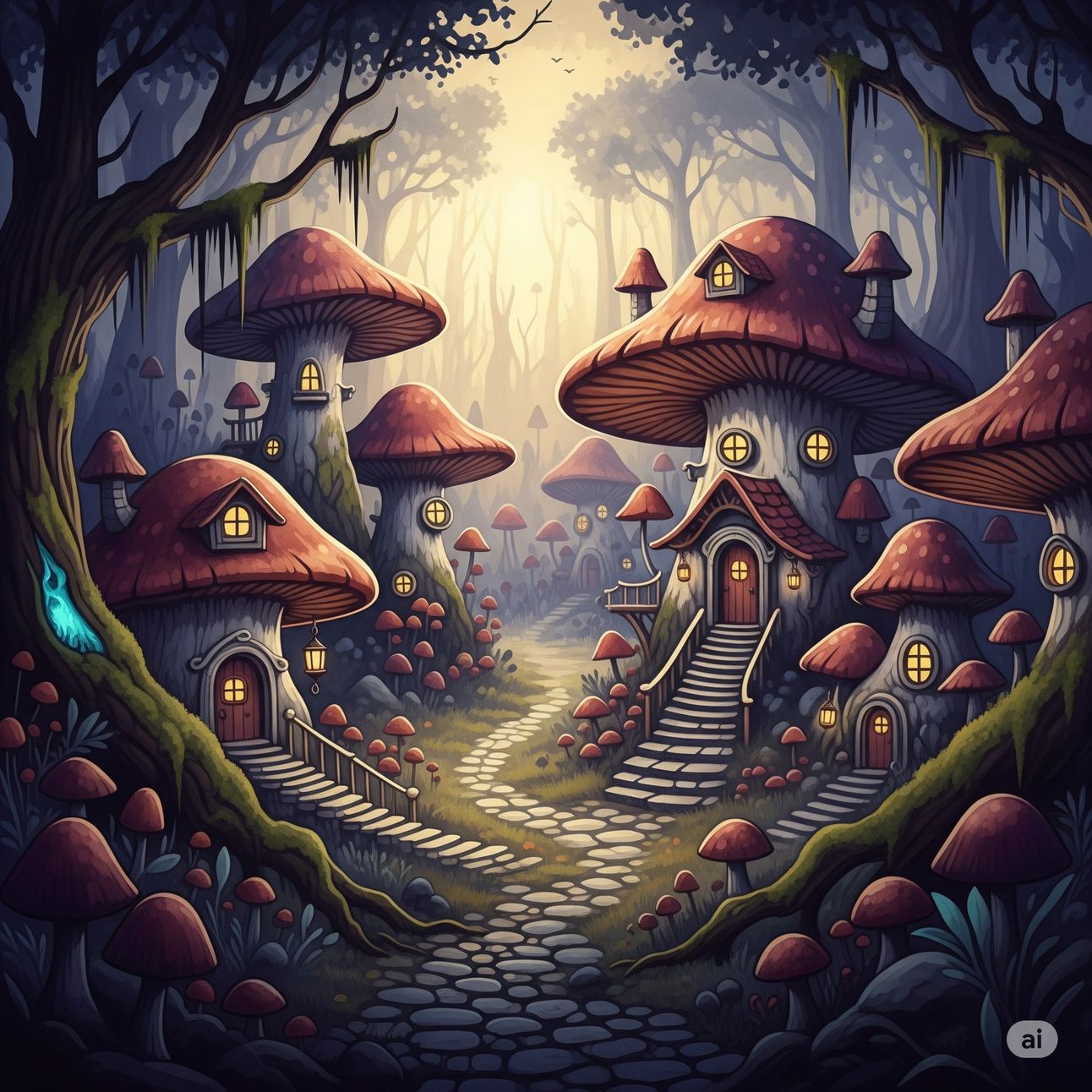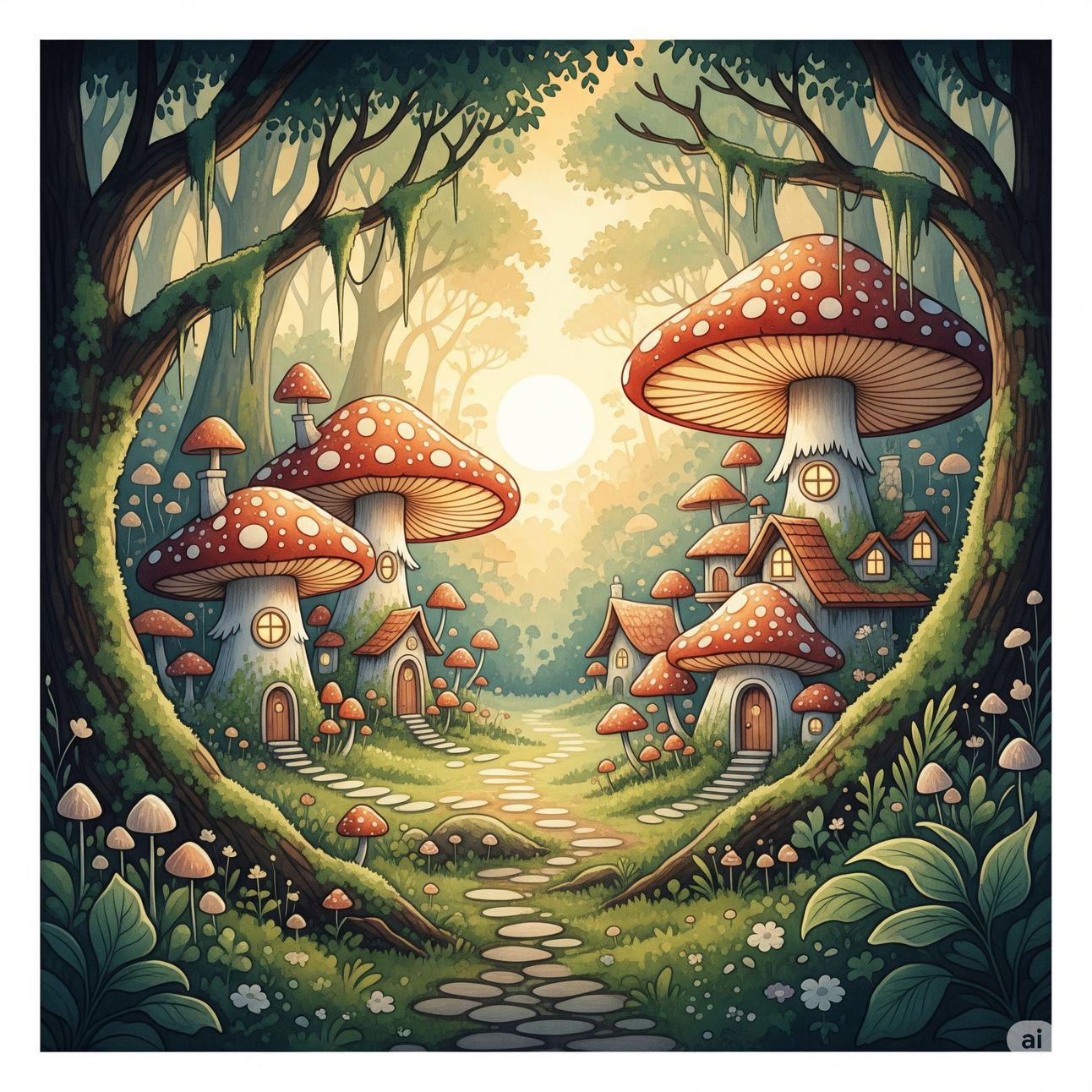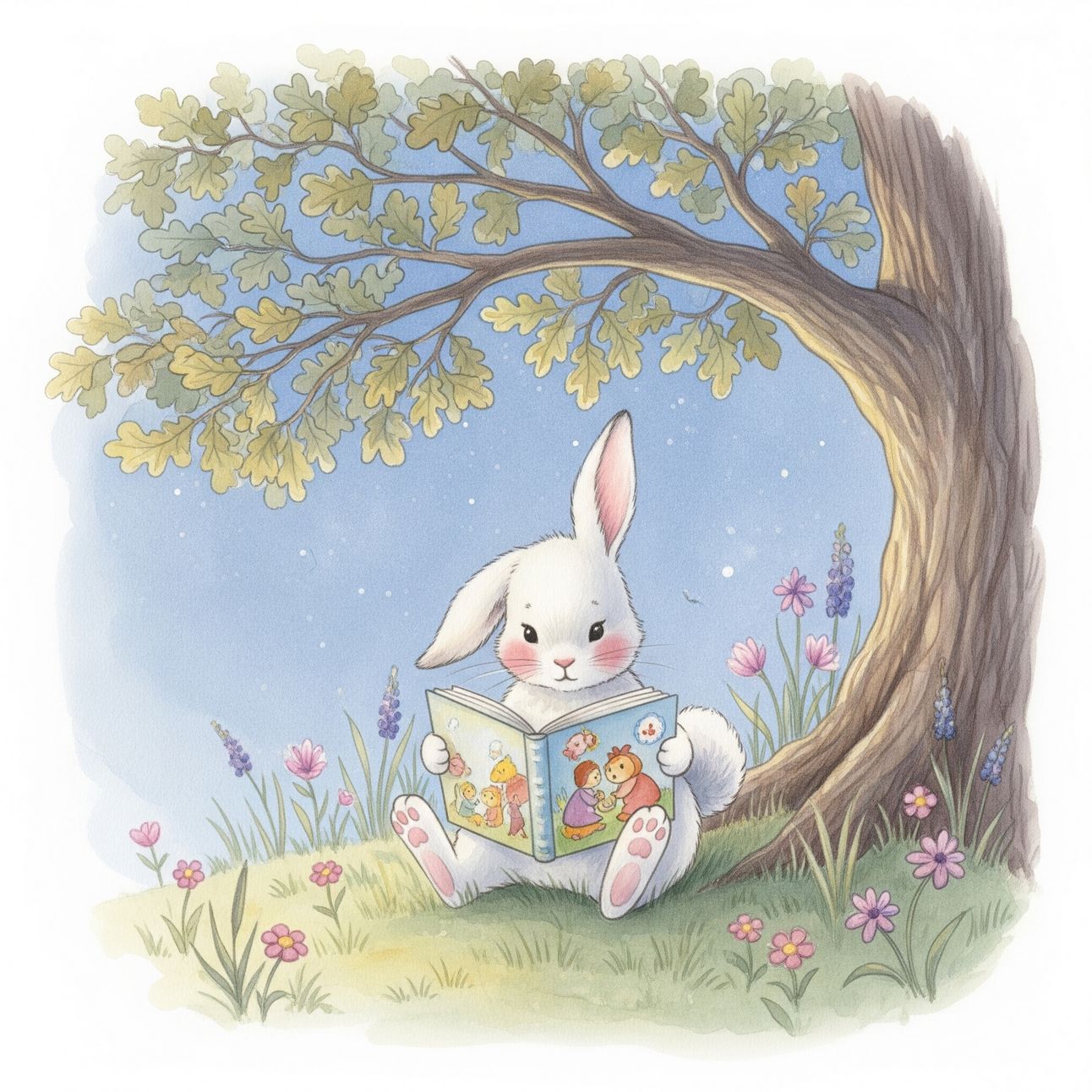- Prompt Club
- Posts
- Getting Started with AI Art: A Guide for Beginners without Experience
Getting Started with AI Art: A Guide for Beginners without Experience
Discover how AI can turn your imagination into images in seconds — The future of creativity starts here.

What Is AI Art (or AI Image), Really?
AI art (aka generative AI) refers to any creative work made or enhanced using artificial intelligence.
While it's often linked to visuals like images and videos, it also includes music, writing, and other artistic expressions shaped by AI tools.
But in this blog, we’ll focus only on AI-generated images: visual artworks created with AI image generators using written prompts as the starting point.
How Does It Work?
Most AI art tools use something called diffusion models (as seen in widely used text-to-image models such as Stable Diffusion by Stability AI, OpenAI’s 4o Image Generation (previously DALL·E), Midjourney, and Google’s Imagen) which turn your text prompts into visual outputs.
It's like giving a painter a description, and they create it instantly, in infinite styles.
All you need to start? A prompt and a little curiosity and creativity.
Step 1: Choose Your Tool
Here are some easy-to-use FREE AI image generators for beginners:
ChatGPT (GPT-4o) — This is my favourite
OpenAI’s GPT-4o model enables users to generate high-quality images directly within ChatGPT. It excels at rendering text, following prompts accurately, and creating visuals with detailed elements.
Gemini, powered by Google's Imagen 4, allows users to create high-quality images swiftly. It offers vivid details, realistic renderings, and supports various aspect ratios, making it versatile for different creative needs.
Microsoft Copilot integrates AI capabilities to assist users in generating photorealistic images quickly. It supports various art styles and provides guidance on crafting effective prompts for desired outcomes.
Bing Image Creator, powered by DALL·E, transforms text prompts into vivid images. It supports multiple languages and offers both fast and standard creation modes, providing flexibility for users.
Meta AI enables user
s to generate multiple high-resolution images per prompt. It offers options to download, edit, animate, or regenerate images, facilitating an iterative creative process.
Each AI image generator has its own personality, even with the same prompt — some lean cinematic, others feel dreamy or photo-realistic.
The output vibe and style may vary slightly from tool to tool, so try a few and stick with the one that matches your creative style the most.
To get started, pick any of the AI image generators above, create a free account, and simply copy and paste the prompt below into the chat or input box to see the magic happen.
Step 2: Your First AI Art (AI Image)
Prompts are the magic spells of AI art.
To get started, do the following:
Pick any of the AI image generators above.
Create a free account.
Simply copy any of the prompts below and paste it into the chat or input box to see the magic happen.
Prompt 1: “Adorable bunny reading a storybook under a tree, watercolor style, soft pastel colors, warm morning light”
Prompt 2: “A fantasy mushroom village at sunrise, ultra-detailed, soft lighting, watercolor style”
Tips:
Be clear about what you want.
Use styles or moods (e.g., surreal, dreamy, dramatic).
Don’t be afraid to experiment.
✨ Here are some the results I got from the same prompt across various AI image generators:
❝ From Prompt 1 |  ChatGPT |  Gemini |
 CoPilot |  Bing |  Meta AI |
❝ From Prompt 2 |  ChatGPT |  Gemini |
 CoPilot |  Bing |  Meta AI |
Fore detailed pro-prompting techniques 👉 go here
Step 3: Refine & Repeat
AI art isn’t about one-and-done. It’s about iteration.
Try different tools.
Tweak your prompts.
Change lighting, perspective, etc.
This is where the fun really begins.
Here are ways to refine your prompts and explore new variations:
Adjust composition
Change the camera view or subject framing to create a different feel.
Words to use:
close-up, wide-angle, bird’s-eye view, isometric, cinematic, full body, portrait view.
Example:
"Adorable bunny reading a storybook under a tree, watercolor style, close-up composition, soft pastel colors, warm morning light."

Image generated with Gemini.
Add mood words
Set the emotional tone of your image with mood descriptors.
Words to use:
whimsical, mysterious, dramatic, serene, joyful, dark fantasy, cozy, epic.
Example:
"A fantasy mushroom village at sunrise, ultra-detailed, soft lighting, watercolor style, dark fantasy mood."

Image generated with Gemini.
Experiment with texture
Bring surfaces and materials to life with texture words.
Words to use:
soft fur, velvety, aged metal, crisp paper, rough stone, polished glass, weathered wood.
Example:
"Adorable bunny reading a storybook under a tree, watercolor style, soft pastel colors, warm morning light, soft fur, detailed bark on tree."

Image generated with Gemini.
Play with color palette emphasis
Control the visual tone with color-focused prompts.
Words to use:
dominant pink and lavender tones, bold complementary colors, monochrome, pastel palette, muted earth tones.
Example:
"A fantasy mushroom village at sunrise, ultra-detailed, dominant warm gold and soft green tones, watercolor style."

Image generated with Gemini.
Change time of day or lighting style
Shift the lighting to dramatically change the mood.
Words to use:
blue hour, golden hour, moonlight, twilight, soft diffused light, harsh shadows, neon-lit.
Example:
"Adorable bunny reading a storybook under a tree, watercolor style, soft pastel colors, blue hour light."

Image generated with Gemini.
Don’t be afraid to create 5–10 variations of a great prompt. Each small change can reveal new styles and surprising results.
Bonus: Save & Organize Your Prompts
Start your own Prompt Library in Notion, Google sheets, or any platforms you prefer.
Think of it as a recipe book for your imagination.
Here are some simple examples to organize your prompts:
By Subject
People: portraits, characters, fashion.
Animals: realistic, fantasy, cute.
Landscapes: nature, cityscapes, fantasy worlds.
Objects: products, props, single items.
Scenes: storytelling compositions.
By Style
Watercolor.
Oil painting.
Cyberpunk.
Pixar-inspired.
Cinematic.
Pencil sketch.
Ghibli / Anime.
By Mood / Theme
Whimsical
Dramatic
Peaceful
Dark fantasy
Surreal
Retro / Vintage
Minimalist
By Use Case
Social media content.
YouTube thumbnails.
Print-ready art.
Animation-friendly.
Product shots.
Backgrounds / textures.
By Prompt Type
Basic starting prompts.
Refined prompts with lighting & mood.
Prompt variations.
Composition-focused prompts.
Consistency templates (for series).
Example:
Prompt Name | Full Prompt | Subject | Style | Mood/ Theme | Prompt Type | Example Image | Notes |
|---|---|---|---|---|---|---|---|
Bunny Storybook | "Adorable bunny reading a storybook under a tree, watercolor style, soft pastel colors, warm morning light" | Animals | Watercolor | Whimsical | Basic | (upload your image) | Works great with soft light tweaks |
Final Thoughts
You're not just dabbling — you're building a creative practice powered by the future.
Start simple.
Stay curious.
And let your ideas fly.
And remember: “The magic of AI art comes from exploration and iteration — the more you play, the more you’ll discover.”
Your next great image is just one prompt away!
Want more tips like this? Subscribe to AI Art with Troy — and keep your creative edge sharp.
Reply